What Is It?
Gratitude means more than simply saying thank you. Researchers usually define it as a feeling or state that results from both (1) recognizing a good thing, such as a positive outcome or gift we’ve received, and (2) recognizing that this good thing came from outside ourselves. Although we most often experience gratitude in response to the actions of other people, we can feel grateful to nonhuman sources, too, such as nature, a higher power, or the universe.
Several studies have investigated the nuances of gratitude, finding that three factors tend to increase the amount of gratitude people feel for benefits they’ve received: the more purposefully someone has helped us (as opposed to unintentionally or with an ulterior motive), the more they’ve sacrificed to do it, and the more the outcome benefits us, the more grateful we feel.
A high school student writes a gratitude letter to his grandmother for taking over his evening responsibilities while his parents worked so that he could study for his finals. She missed her weekly gatherings with friends and instead watched his younger siblings and made them dinner every night, leaving the high schooler ample time to study. As a result, he passed his finals with flying colors!
Though even toddlers can be taught to say thank you, children seem to first experience and express true gratitude at around 6-8 years old, when they are more capable of taking another person’s perspective and have a greater understanding of another’s emotions. Gratitude curriculum has been shown to work with students as young as eight, increasing not only their levels of gratitude but also their social and emotional well-being.
Why Is It Important?
In the past couple of decades, hundreds of studies have documented the social, physical, and psychological benefits of gratitude. Although research on gratitude with young people has lagged behind the research with adults, the past several years have seen a surge of interest in youth gratitude—and studies reveal corresponding benefits.
Gratitude promotes emotional well-being.
- Youth (ages 10-19) who are more grateful report greater happiness and life satisfaction and more positive emotions overall, as well as less depression and envy.
Gratitude relates to physical health.
- As with adults, youth who are more grateful feel better physically, and practicing gratitude helps adolescents eat more healthily.
Gratitude helps students do better in school.
- Gratitude makes students more satisfied with their school experiences, and, on average, more grateful students get better grades.
Gratitude cultivates altruism.
- Refuting the idea that gratitude is selfish, more grateful adolescents feel more connected to their communities and more motivated to use their gifts to contribute to society.
- Practicing gratitude also helps make adolescents less materialistic and more generous.
Gratitude strengthens relationships.
- More grateful young people report feeling higher levels of social support; they also show more prosocial, or kind and helpful, behavior towards others.
Practices

Inspiring Climate Awareness Through Gratitude
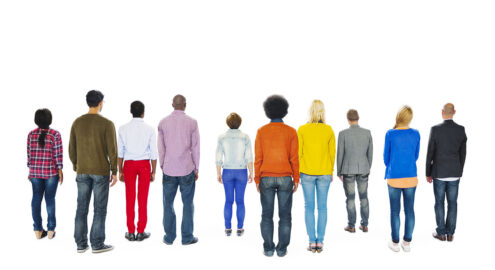
Behind Your Back
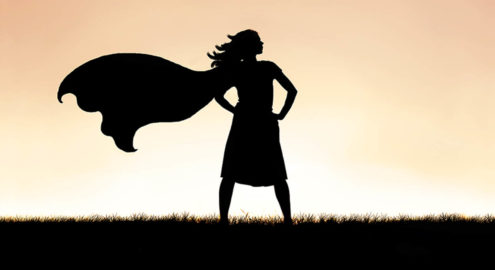
Who Are Your Heroes?

Take-Home Skill: Gratitude Questions for Kids
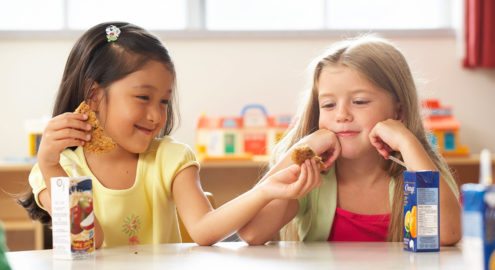
Noticing Kindness
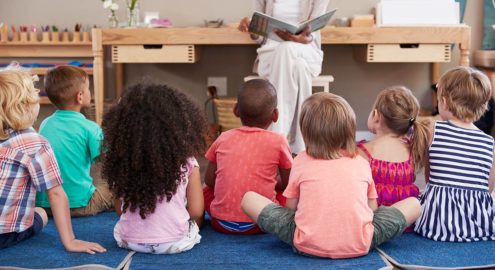
Caring Intentions: Being Kind to Others
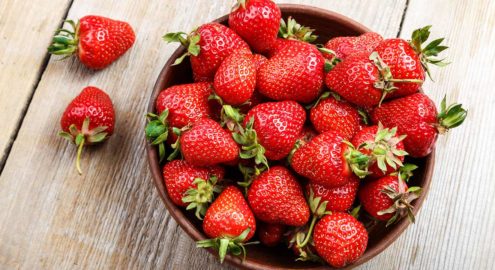
Gratitude for Our Food

Giving Thanks

Looking for Gratitude in School

Gratitude Journal for Students

Gratitude Letter for Students

Discover Your Great Full Self
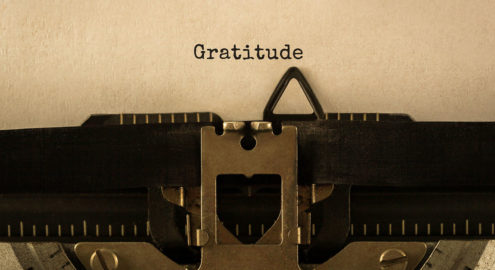
See the Good Challenge

Seeing the Good in Others

Thank You for Believing in Me
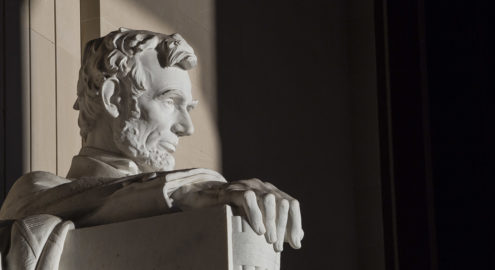
People Who Made a Difference
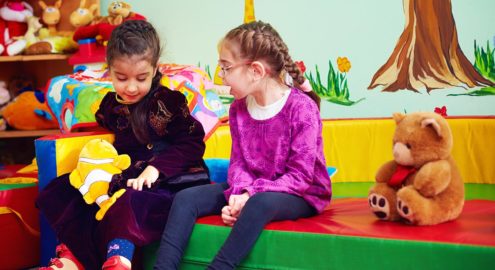
Sharing Gratitude Stories

Three Good Things for Students

Do you want to dive deeper into the science behind our GGIE practices? Enroll in one of our online courses for educators!





